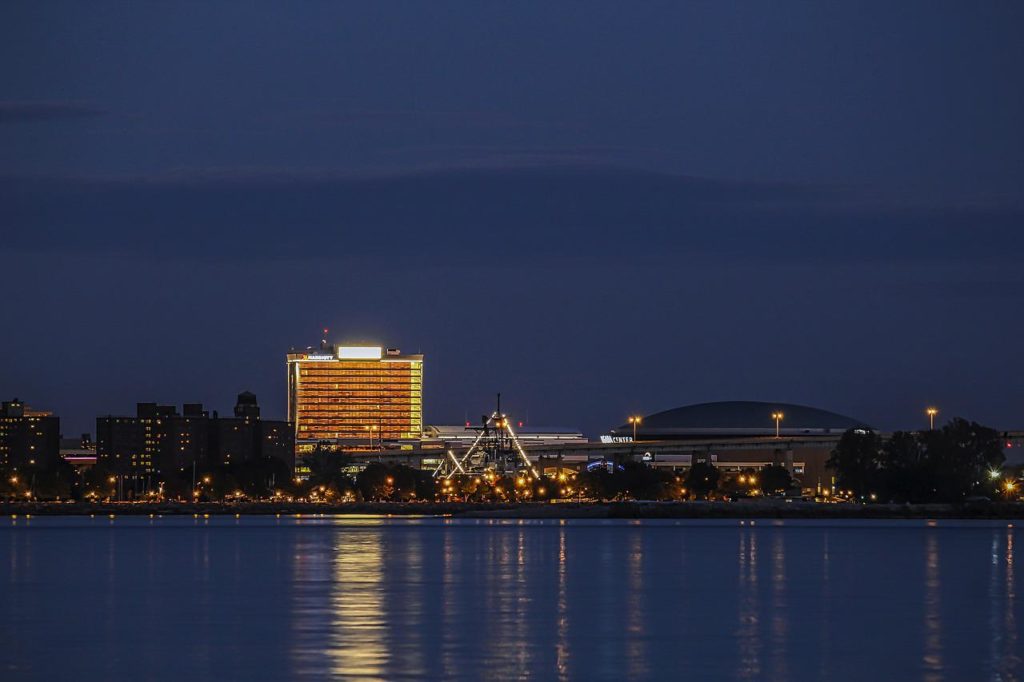
Article Summary: National Parks Near Buffalo
National Parks near Buffalo (and by that we mean national park sites) include national scenic trails, national monuments, and some fascinating historic sites. Suffice to say there’s a lot more to the Empire State than the Buffalo Bills!
In this article, I tell you about the national park sites that are within a day’s drive of Buffalo, NY.
Did you know that Buffalo is home to over 50 private and public art galleries and is ranked fourth by American Style in its list of American top Art Destinations? Among the art destinations in Buffalo is the world-renowned Albright-Knox Art Gallery. I highly recommend a visit to that one.
Now lets get to those national park sites!
Table Of Contents: National Parks Near Buffalo
National Parks Near Buffalo
- National Parks Near Buffalo
National Parks Near Buffalo
1. Theodore Roosevelt Inaugural National Historic Site
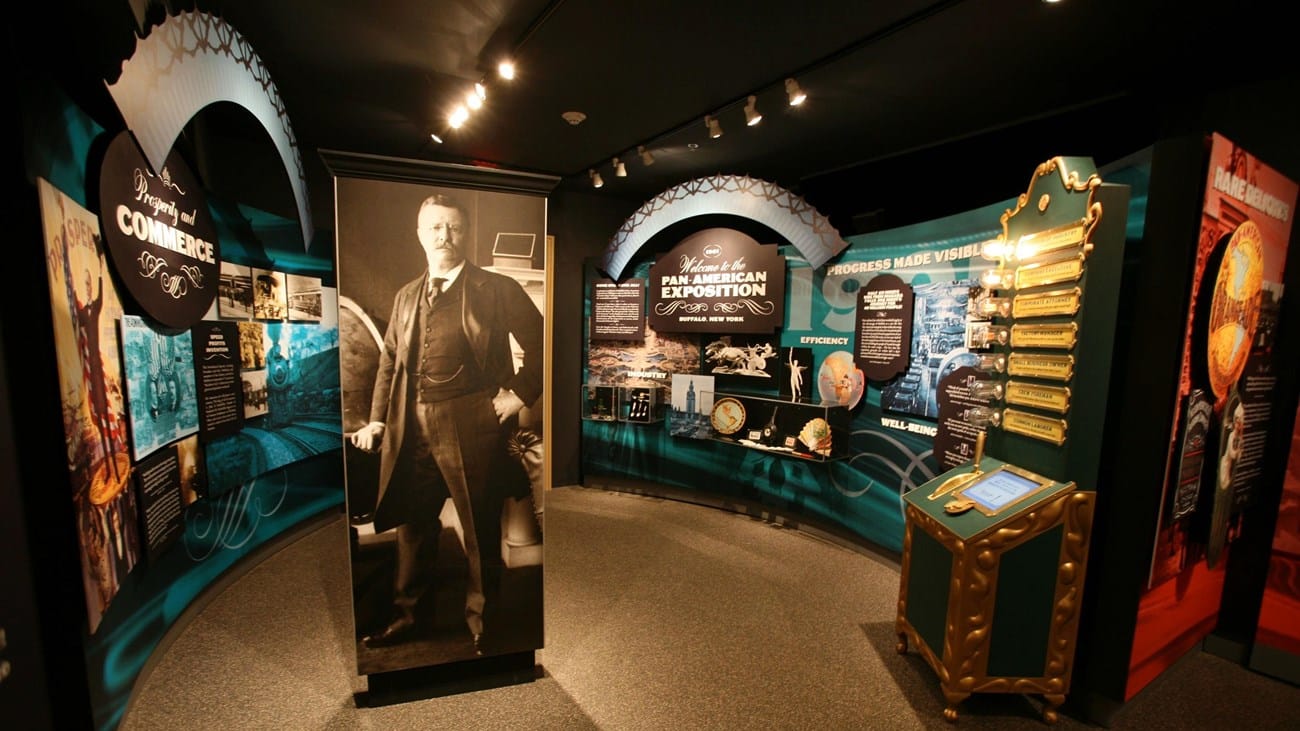
Distance from Buffalo: None! It’s in Buffalo!
This guide wouldn’t be right if we didn’t start with the only national park site actually in Buffalo! The Theodore Roosevelt Inaugural National Historic Site preserves the site where Roosevelt was hastily inaugurated on September 14th 1901, in the wake of William McKinley’s assassination.
Housed within the elegant Ansley Wilcox Mansion, the site of his inauguration, this fascinating destination offers much more than a glimpse into the past. Meticulously preserved interiors, complete with period furnishings and original artifacts, invite visitors to step back in time to a turning point in the great American story.
The story of Roosevelt’s journey to the presidency is like no other and the Theodore Roosevelt Inaugural National Historic Site is perhaps the best place to learn about it. For history enthusiasts, political aficionados, and curious travelers alike, this national park site offers a unique opportunity to immerse yourself in the spirit of a truly defining moment in American history.
2. Appalachian National Scenic Trail
Distance From Buffalo: Four hours & 45 minutes via US-15 S.
The Appalachian National Scenic Trail, also known as the A.T., is a hiking trail that runs for about 2,190 miles through 14 states in the northeastern United States.
It runs from Springer Mountain in Georgia to Mount Katahdin in Maine, passing through the states of Georgia, North Carolina, Tennessee, Virginia, West Virginia, Maryland, Pennsylvania, New Jersey, New York, Connecticut, Massachusetts, Vermont, and New Hampshire.
The trail is primarily used for hiking and is managed by the National Park Service, the U.S. Forest Service, and various state agencies. It is also a National Scenic Trail, one of only 11 such trails in the United States.
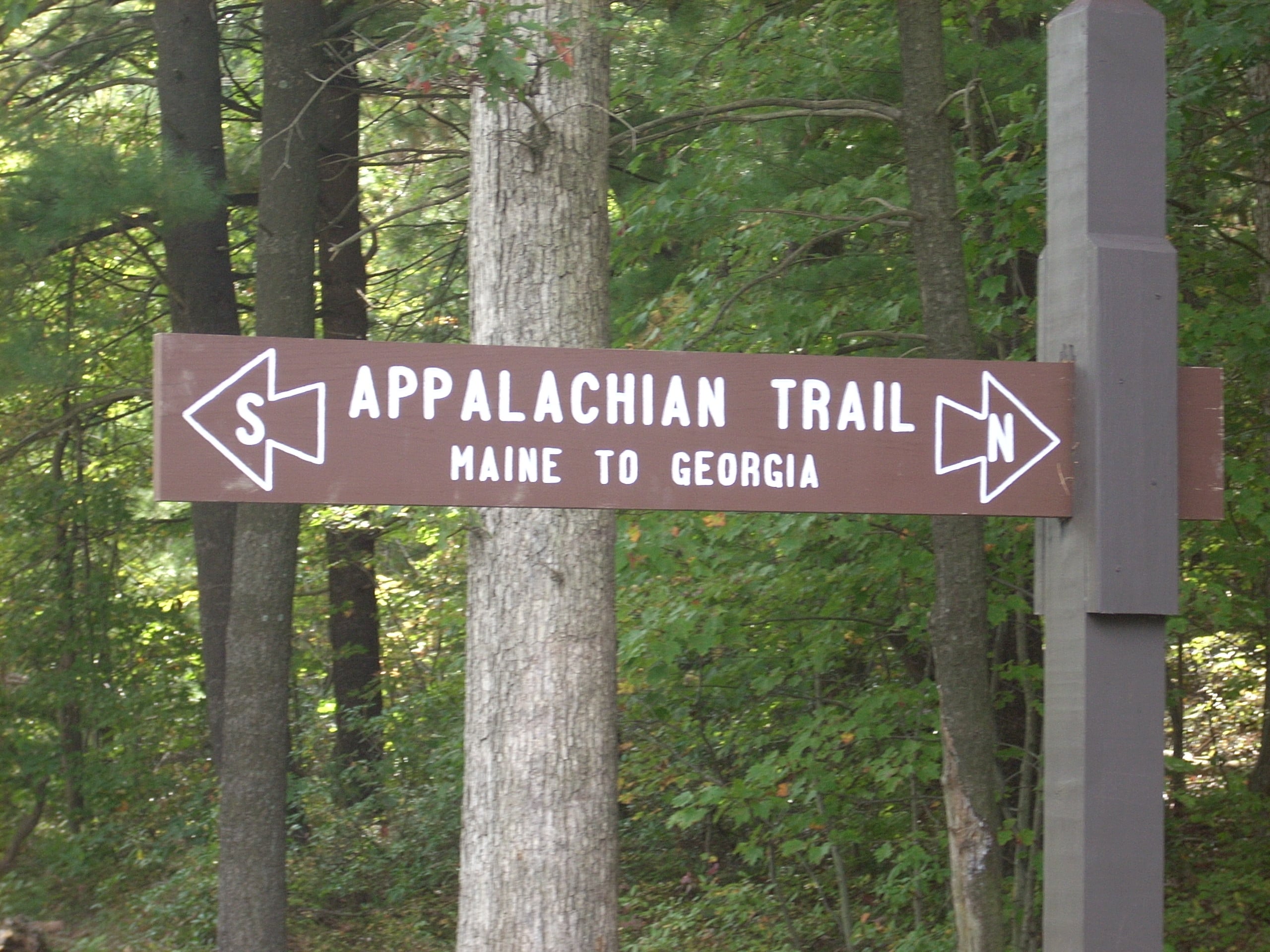
Check Out: 10 BEST National Parks In New York City
3. Harriet Tubman National Historical Park
Distance From Buffalo: Two hours via I-90 E.
As one who taught history for almost thirty years, I was always enthralled with stories of the Underground Railroad. The challenge was explaining to my students that despite the fact that those who helped runaway slaves escape to freedom were called “conductors,” this was not a real railroad by any stretch of the imagination.
Instead, The Underground Railroad was a network of people, African American as well as white, offering shelter and aid to escaped enslaved people from the South. The Fugitive Slave Act of 1850 empowered slaveholders to pursue these runaways to the northernmost reaches of America and bring them south once again.
This meant that runaways had to escape to Canada to be truly free. People known as “conductors” guided these fugitives. Hiding places included private homes, churches and schoolhouses. These were called “stations,” “safe houses,” and “depots.”
The people operating them were called “stationmasters.” An estimated 100,000 people were freed by their heroic efforts.
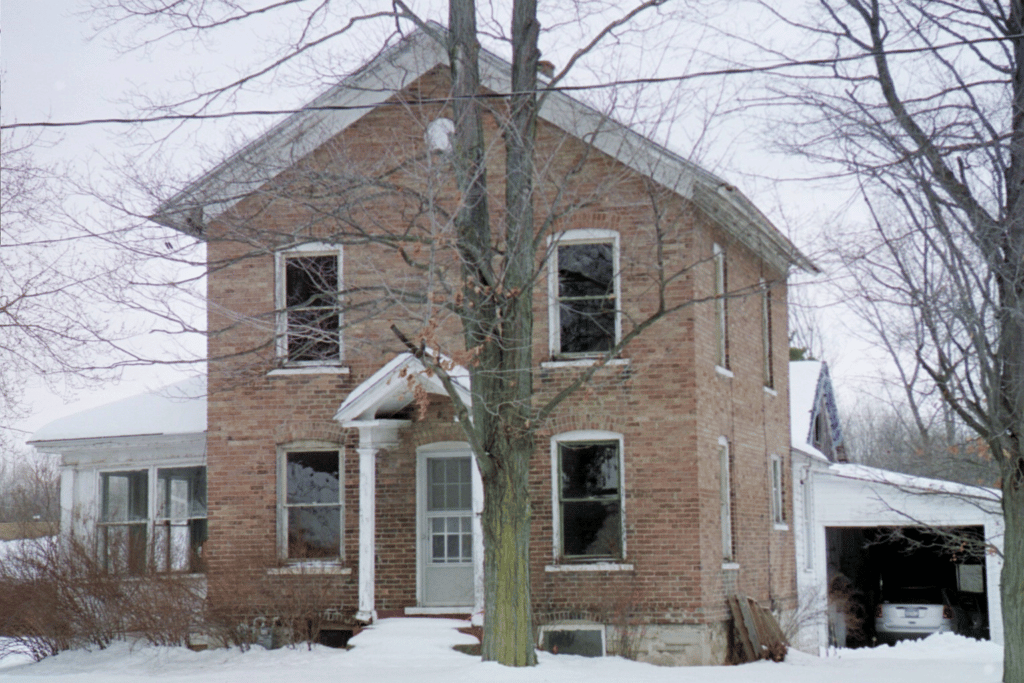
Check Out: 10 BEST Civil War Sites In America
Harriet Tubman
The most famous of the conductors was herself born a slave. In 1849, Araminta Ross, escaped a plantation in Maryland with two of her brothers. Harriet Tubman became her married name and one by which she would win eternal fame.
Tubman returned to the south to lead her niece and her niece’s children to Philadelphia via the Underground Railroad. She became a dedicated abolitionist who is believed to have personally rescued 300 people.
After the Civil War began, Tubman became head of an espionage and scout network for the Union Army. She provided crucial intelligence to Union commanders about Confederate Army supply routes and troops and helped liberate enslaved people to form Black Union regiments.
An excellent book about this extraordinary women is Scenes in the Life of Harriet Tubman by Sarah Bradford.
Check Out: 20 BEST Black History Sites In America For You To Visit
Things To Do At Harriet Tubman National Historical Park
The Harriet Tubman Visitor Center, the Tubman Home for the Aged, and the Harriet Tubman Residence are part of the park. It’s located on a roughly 32-acre campus on South Street in Auburn, New York.
Visitors can walk the grounds, learn about Tubman’s life and achievements through exhibits, see where she lived during the last part of her life and feel the impact of a woman who was known as “Moses of her People.”

More National Parks Near Buffalo
4. Fort Stanwix National Monument
Distance From Buffalo: Two hours & 45 minutes via I-90 E.
Step back in time and learn about the historic role which Fort Stanwix played in America’s history. As a retired history teacher, I believe that a short history lesson is in order, but have no fear as there’s no homework assignment.
Stanwix was known “the fort that never surrendered.” While under the command of Col. Peter Gansevoort, it successfully repelled a prolonged siege, in August 1777, by British, German, Loyalist, Canadian, and American Indian troops and warriors commanded by British Gen. Barry St. Leger.
The failed siege helped to thwart an effort by the British to take the northern colonies. This, in turn, led to American alliances with France and the Netherlands. Troops from Fort Stanwix also protected America’s northwest frontier from British campaigns until finally being abandoned in 1781.

Things To Do At Fort Stanwix
At Fort Stanwix, you can learn how the American victory at this frontier fort directly contributed to the British defeat at Saratoga in 1777; setting the stage for westward expansion through New York. You can also follow in the footsteps of the people who made history in the Mohawk Valley during the American Revolutionary War.
I recommend that you start your adventure at the Willett Center which is the visitors center. You can follow three trails which encircle the fort. One of these trails follows a portion of the Oneida Carrying Place. The other two trails interpret the events of the siege of 1777.
There’s also a museum with interactive exhibits and a living history program.

Check Out: 10 BEST Revolutionary War Sites In America
5. Martin Van Buren National Historic Site
Distance From Buffalo: Four hours & 30 minutes via I-90 E.
Our 8th president of the United States, Martin Van Buren, was an American lawyer and statesmen. Prior to that, he had served as U.S. senator, secretary of state and vice president of the United States.
Van Buren would be the last sitting vice president to be elected president until George H.W. Bush in 1988.
Visitors can learn about Van Buren by touring his post-presidency home of Lindenwald which is located in Kinderhook, New York. Tours cover the interior of Lindenwald, and review Van Buren’s political career, his life as a gentleman farmer, his family, and the lives of domestic servants and laborers living and working on the property. (Source: NPS)
While at the Martin Van Buren National Historic Site why not check out the the park’s trails, as well as those that pass through or are nearby. These trails will enable you to experience the beautiful scenery and interesting history while you’re getting in your steps. Exercise your body and your mind learning about Martin Van Buren and enjoying the surrounding countryside.
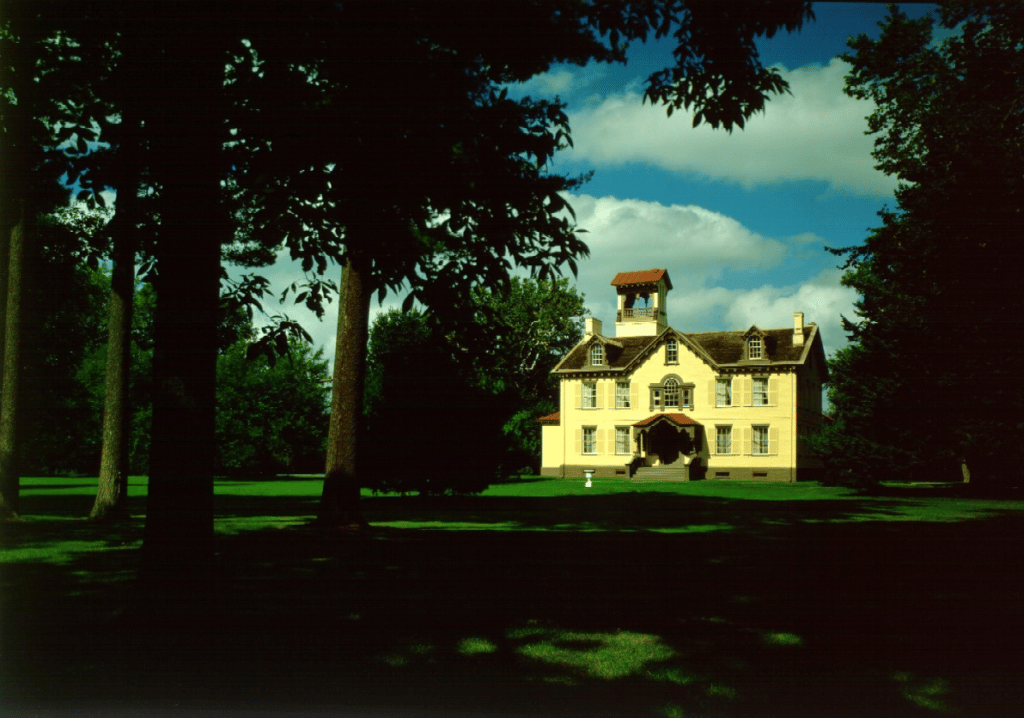
Check Out: 10 MUST-SEE Historic Sites In New York
And, While You’re In Buffalo, Check Out This Amazing State Park
6. Niagara Falls State Park
Distance From Buffalo: 25 minutes via I-190 N.
Recommended Park Guide: Moon Niagara Falls: With Buffalo.
Last, but certainly not least, we have a state park. This is, however, no ordinary state park. Niagara Falls State Park is the oldest state park in the United States, having been established in 1885. The park offers visitors a chance to experience the beauty and power of one of the most spectacular waterfalls in the world.
At the park, visitors can view the Horseshoe Falls, American Falls, and Bridal Veil Falls from several overlooks, including the Prospect Point Observation Tower and the Cave of the Winds.
The park also features a range of attractions and activities, including boat tours, hiking trails, and educational exhibits about the history and geology of the falls.
In addition to the stunning natural scenery, Niagara Falls State Park also offers a variety of dining and shopping options, as well as accommodations for those who wish to spend the night.
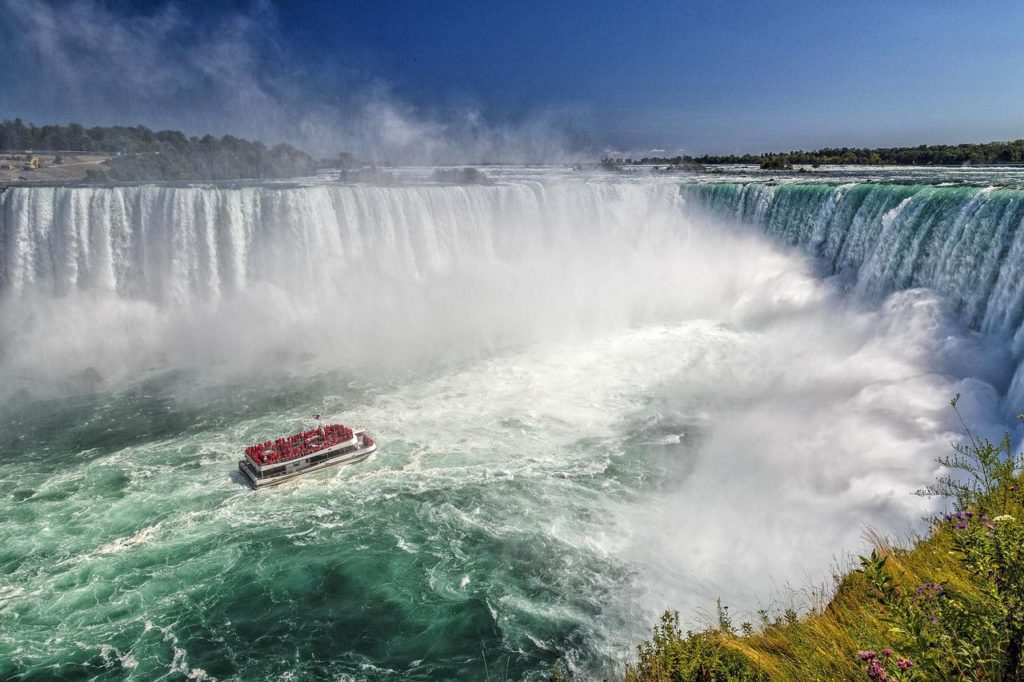
Check Out: 25 MUST-SEE Famous Landmarks In America (MUST-SEE)
Going Over The Falls
Niagara Falls has quite a history of daredevils who have risked life and limb to say that they went over the falls. As a retired historian who loves to find the stories behind the stories, I decided to look into that history. Here are a few examples:
- October 24th, 1901: Annie Taylor was the first person to conquer the falls in a barrel. After climbing inside her airtight wooden barrel, the air pressure was compressed to 30 p.s.i. with a bicycle pump.
- July 25th 1911: The infamous Bobby Leach plunged over the Falls in a steel barrel. Bobby broke both kneecaps and his jaw during his daring event. Years later while touring in New Zealand, Bobby slipped on an orange peel and died from complications due to gangrene.
- July 11th 1920: Englishman Charles G. Stephens equipped his wooden barrel with an anvil for ballast. Charles tied himself to the anvil for security. After the plunge, Chucks right arm was the only item left in the barrel.
- July 4th 1928: “Smiling Jean” Lussier survived the trip over the brink in a large rubber ball.
- July 5th 1930: A Greek waiter named George L. Statakis suffocated to death after his barrel was trapped behind the falls for more than 14 hours.
- June 30th 1961: Nathan Boya drops off the brink in a ball-like contraption. (Source: Daredevils Of Niagara Falls)

National Parks Near Buffalo FAQ
Buffalo is home to over 50 private and public art galleries and is ranked fourth by American Style in its list of American top Art Destinations. Buffalo is home to the Albright-Know Art Gallery. Buffalo is known as the City of Trees due to the vast amount of parks.
So, What Is A National Park?
We get asked that question a lot because there’s a difference between a “national park” and a “national park site.” To help you understand that difference you might want to check out our article titled: What Is A National Park Really?
Why Trust Us About National Parks Near Buffalo?
We’re Jim Pattiz and Will Pattiz, collectively known as the Pattiz Brothers (and sometimes the Parks Brothers) and we absolutely LOVE the national parks.
You should probably know that we don’t just make this stuff up out of thin air. We’ve spent our entire adult lives exploring and filming America’s national parks and public lands.
We’ve worked with the National Park Service, the Department of Interior, USDA, and the U.S. Forest Service for years creating films on important places and issues. Our work has been featured in leading publications all over the world and even some people outside of our immediate family call us experts on the national parks.
Meet The Parks Brothers
Map Of National Parks Near Buffalo
List Of National Parks Near Buffalo
- Theodore Roosevelt Inaugural National Historical Site
- Appalachian National Scenic Trail
- Harriet Tubman National Historical Park
- Fort Stanwix National Monument
- Martin Van Buren National Historic Site
- *Niagara Falls State Park
We Hope You’ll Follow Our Journey
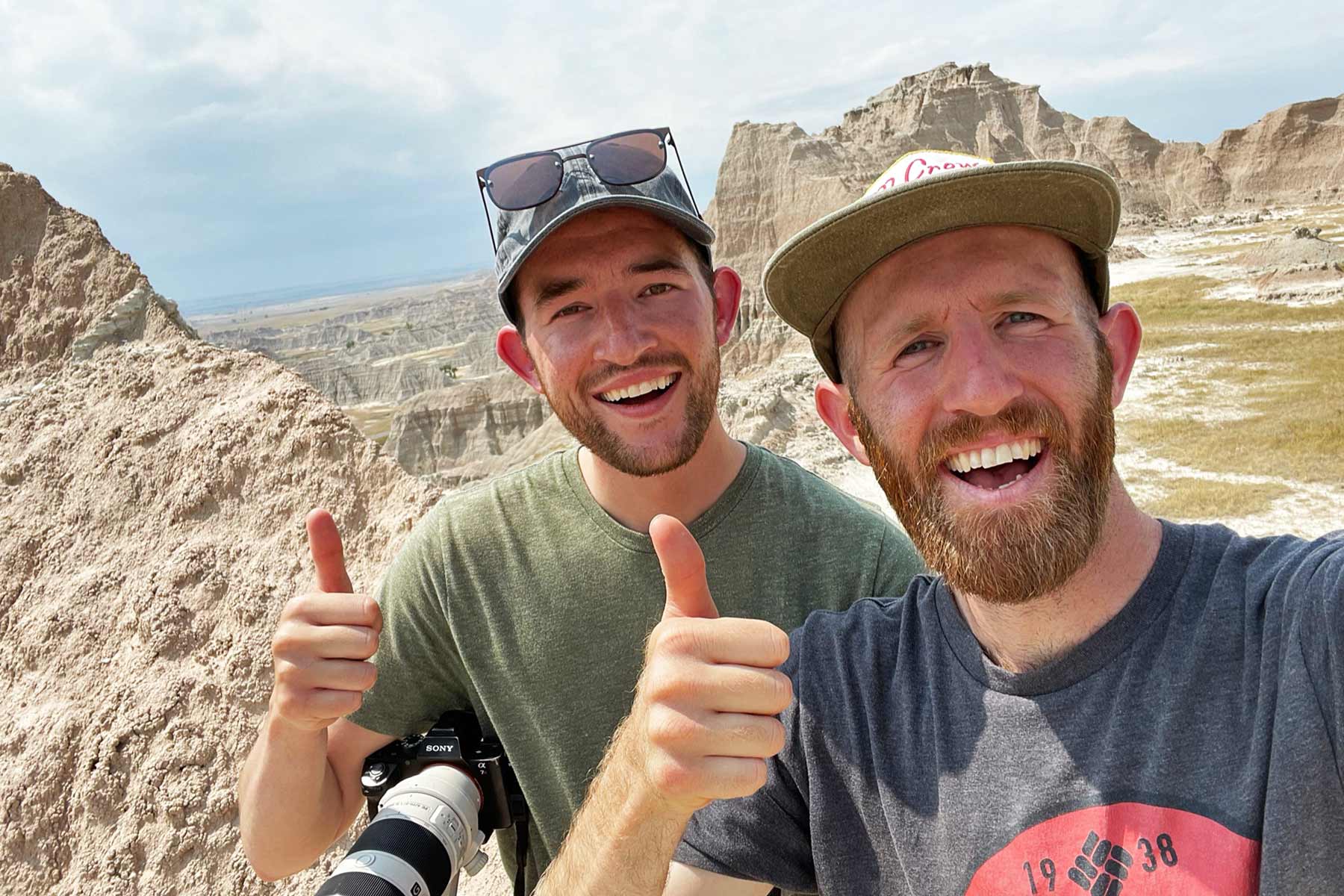
Our goal here at More Than Just Parks is to share the beauty of America’s national parks and public lands through stunning short films in an effort to get Americans and the world to see the true value in land conservation.
We hope you’ll follow our journey through the parks and help us to keep them the incredible places that they are. If you’re interested in joining the adventure then please sign up below!
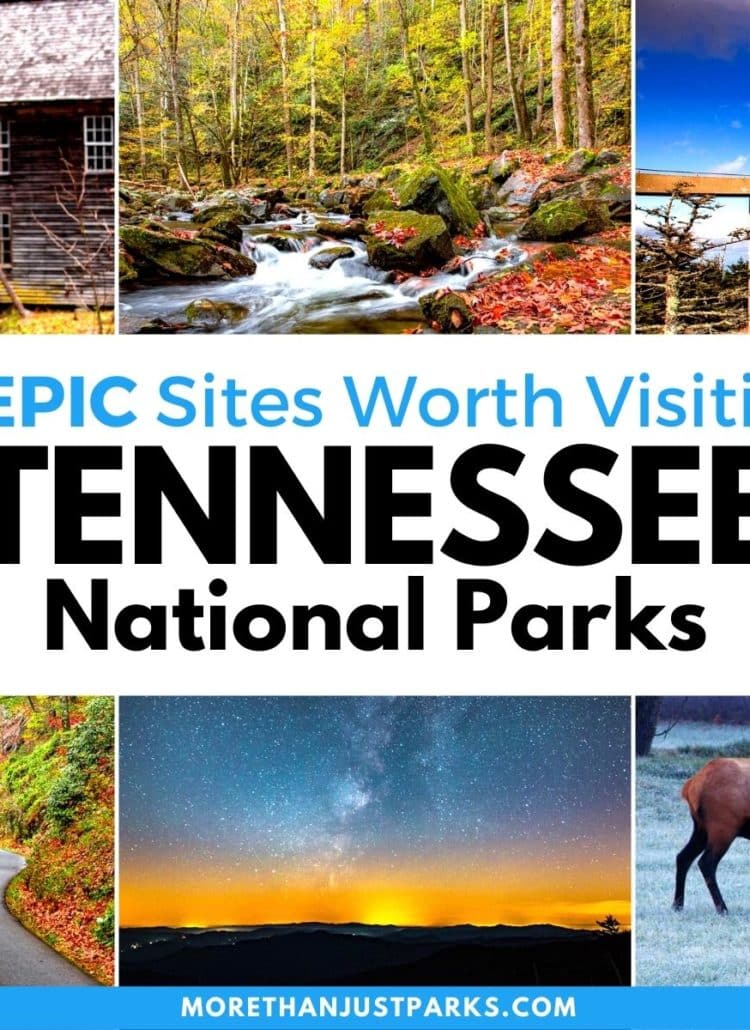
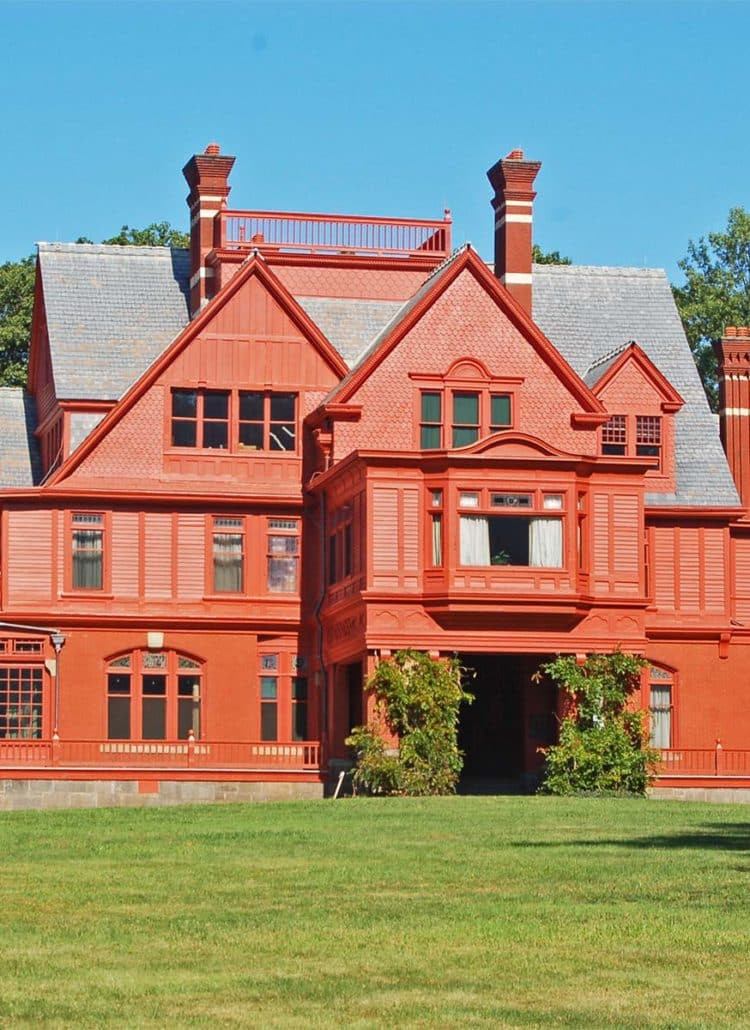
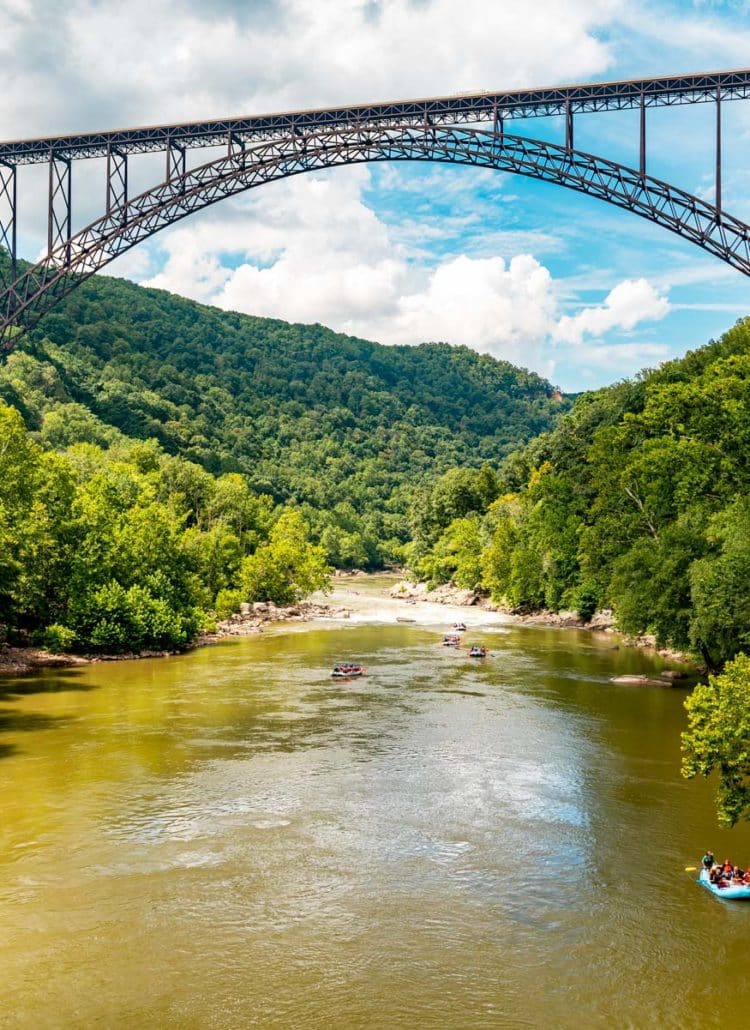
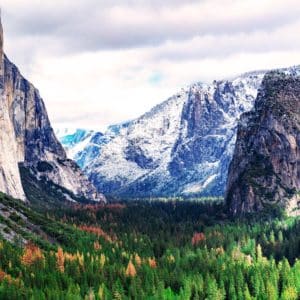
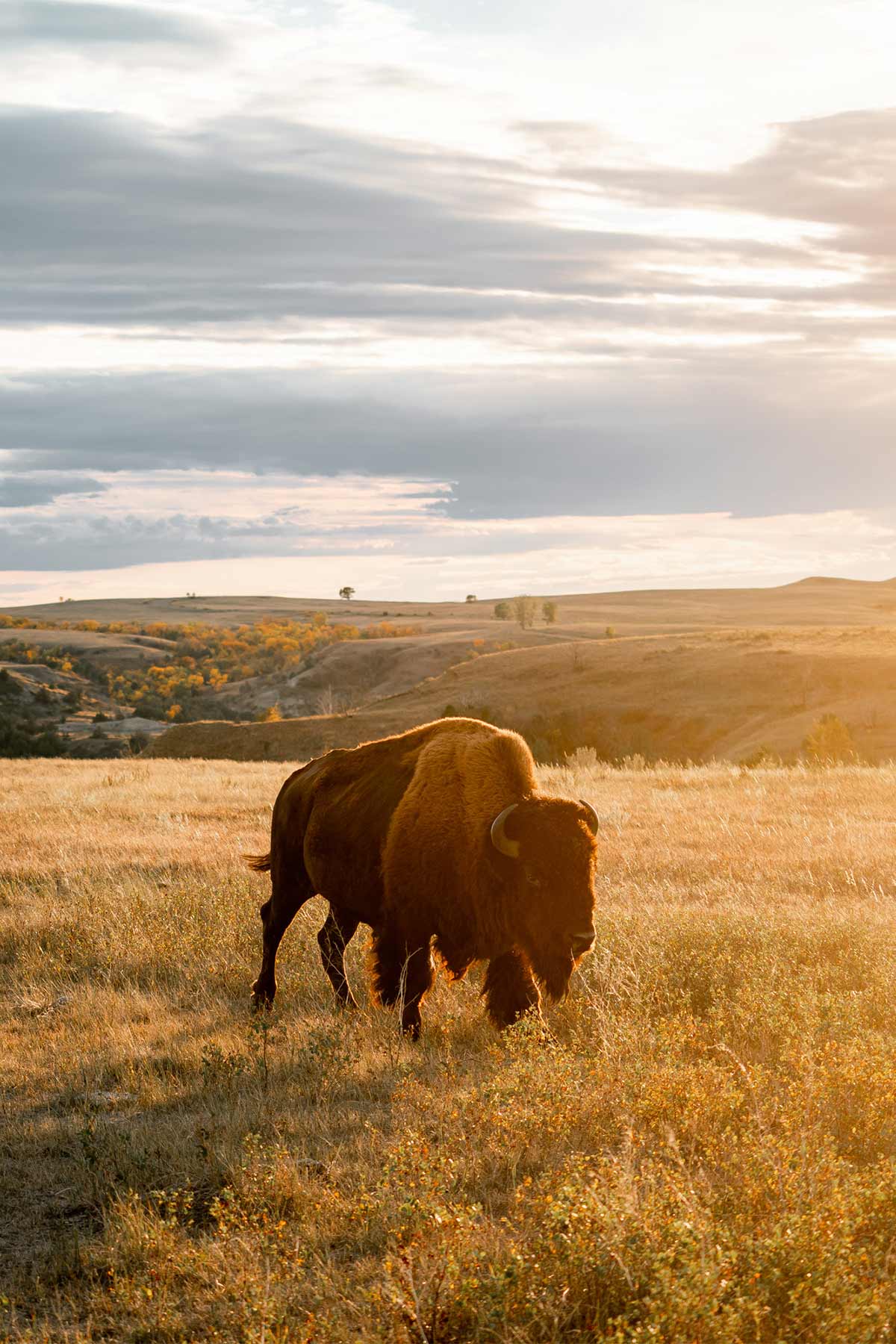
Leave a Reply